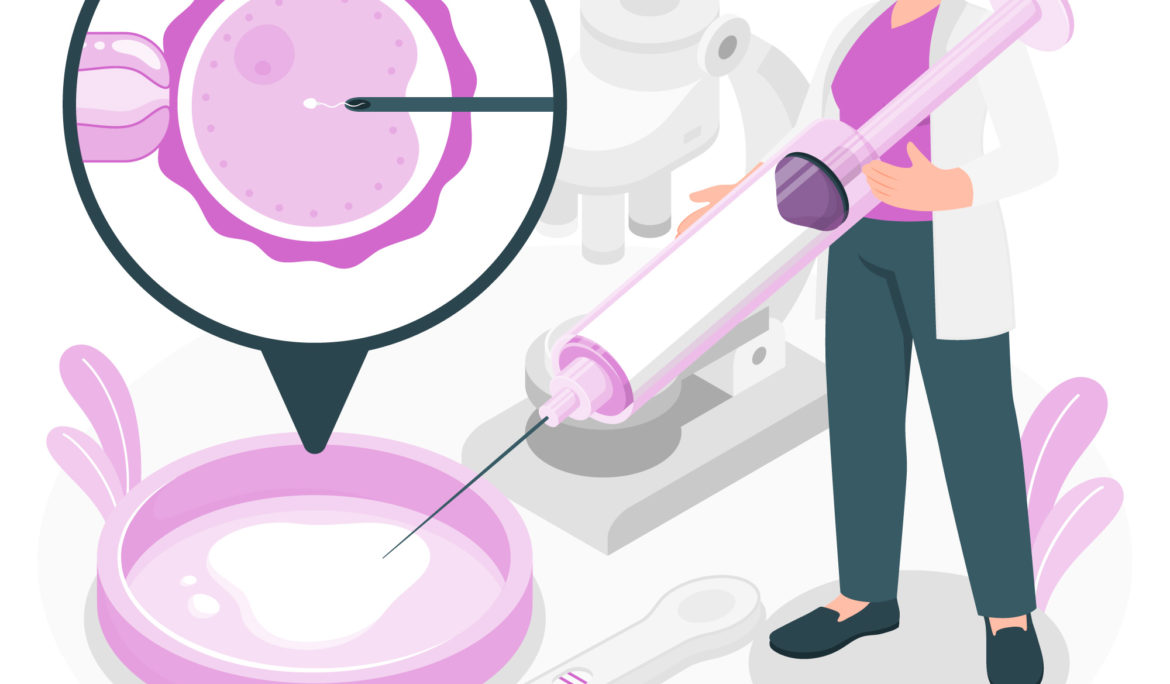Latest Advances in Treating Azoospermia: New Horizons for Affected Men


Azoospermia, the medical term for having no measurable sperm in the ejaculate, poses a significant challenge for men wishing to conceive. This condition, affecting approximately 1% of the male population and 10-15% of men with infertility issues, has seen groundbreaking advances in treatment. This comprehensive guide explores these developments, offering hope and possibilities to those impacted by azoospermia.
Deep Dive into Azoospermia
Azoospermia is categorized into two types: obstructive azoospermia (OA), where sperm production is normal but blocked from being released, and non-obstructive azoospermia (NOA), where sperm production is absent or minimal. Accurate diagnosis, critical in determining the right treatment approach, involves detailed semen analysis, hormonal assessments, and genetic testing.
Innovations in Azoospermia Treatments
Surgical Techniques
In cases of OA, microsurgical reconstructions, such as vasovasostomy or vasoepididymostomy, have revolutionized treatment. These intricate surgeries unblock the passages for sperm to flow, often restoring fertility. Success rates vary but can be quite high, depending on the specific cause of the blockage and the surgeon’s skill.
For NOA, the focus shifts to sperm retrieval directly from the testes. Techniques like microdissection testicular sperm extraction (micro-TESE) have been a breakthrough, especially for men with very low sperm production. This procedure, performed under a microscope, allows for the precise removal of sperm-producing tissues, minimizing damage to the testes and maximizing the chances of retrieving viable sperm.
Hormonal Interventions
In some cases of azoospermia, hormonal imbalances are to blame. Treatment may involve hormonal therapies to stimulate sperm production. Drugs like clomiphene citrate, human chorionic gonadotropin, and others can help increase testosterone levels and induce sperm production. However, the effectiveness of these treatments varies and is more successful in men with specific hormonal deficiencies.
Cutting-Edge Research: Stem Cells and Gene Therapy
Stem cell research is at the frontier of treating NOA. Scientists are exploring how stem cells can be transformed into sperm-producing cells, offering a potential solution for men with severely impaired sperm production. Similarly, gene therapy is being investigated as a way to correct genetic defects that lead to azoospermia. These approaches are still in the experimental stages but hold immense promise for the future.
Assisted Reproductive Technologies (ART)
ART has been a beacon of hope for men with azoospermia. Techniques like in-vitro fertilization (IVF) combined with intracytoplasmic sperm injection (ICSI) have enabled many men with azoospermia to father biological children. In ICSI, a single sperm, which can be retrieved surgically in cases of azoospermia, is injected directly into an egg, bypassing many of the natural barriers to fertilization.
Supporting the Journey: Lifestyle and Counseling
Lifestyle changes, such as a healthy diet, regular exercise, quitting smoking, and reducing alcohol intake, can improve overall fertility health. Psychological support and counseling are also vital in managing the emotional impacts of infertility and treatment.
FAQs about Azoospermia
Q: Can lifestyle changes reverse azoospermia?
A: While lifestyle improvements are beneficial for overall health, they cannot reverse most cases of azoospermia. However, they can improve the effectiveness of other treatments.
Q: How successful are surgical treatments for azoospermia?
A: Success rates vary depending on the cause and type of azoospermia, as well as the surgical technique used. For OA, success rates can be quite high, while for NOA, it depends on the ability to retrieve viable sperm.
Q: Are there risks associated with azoospermia treatments?
A: As with any medical procedure, there are risks. Surgical treatments carry risks of infection and complications, while hormonal therapies can have side effects. It’s important to discuss these with a healthcare provider.
Q: How long does it take to see results from azoospermia treatments?
A: The timeline varies based on the treatment. Surgical and hormonal treatments may take several months to show results, while ART offers more immediate outcomes once viable sperm are retrieved.
Q: Is azoospermia treatment typically covered by health insurance?
A: Coverage varies widely by location and insurer. Some treatments may be partially covered, while others may not be covered at all. It’s crucial to check with your insurance provider.
Conclusion
The landscape of azoospermia treatment is evolving rapidly, with surgical advancements, hormonal therapies, and groundbreaking research offering new paths to fatherhood. These treatments, combined with lifestyle modifications and emotional support, provide comprehensive care for men facing this challenging condition. With ongoing research and development, the future for treating azoospermia looks increasingly promising. As always, consulting with a fertility specialist is crucial to determine the most suitable approach for individual cases.
References
Matthew Wosnitzer, Marc Goldstein & Matthew P Hardy (2014) Review of Azoospermia, Spermatogenesis, 4:1, DOI: 10.4161/spmg.28218
https://www.tandfonline.com/doi/full/10.4161/spmg.28218
Caroppo, E., & Colpi, G. M. (2021). Hormonal treatment of men with nonobstructive azoospermia: what does the evidence suggest?. Journal of Clinical Medicine, 10(3), 387. https://www.mdpi.com/2077-0383/10/3/387



